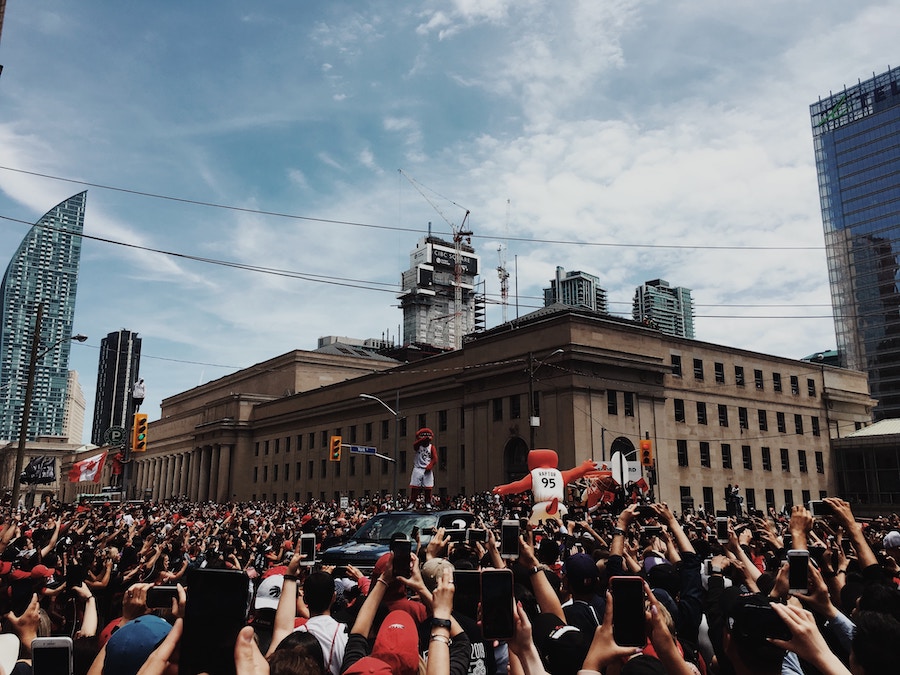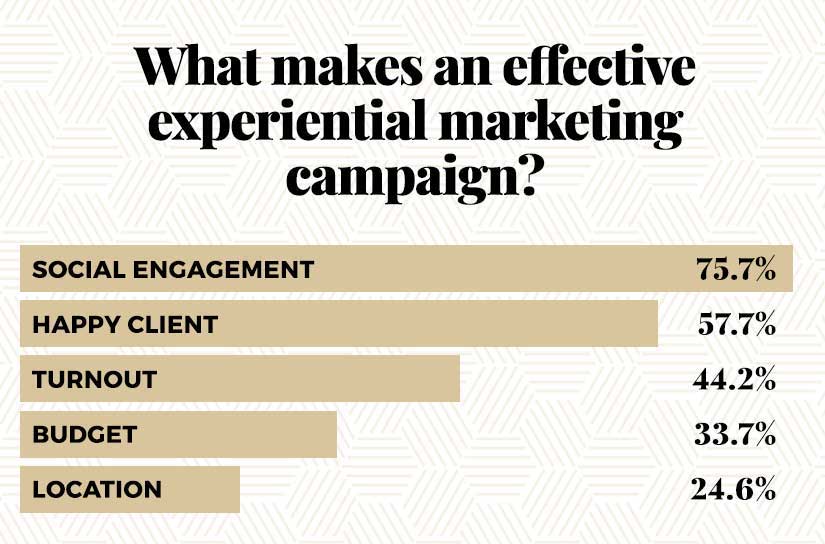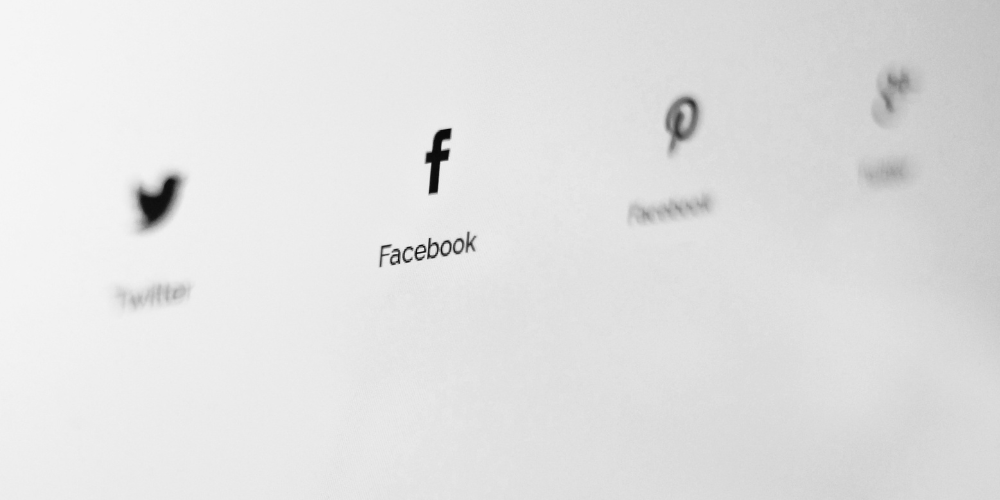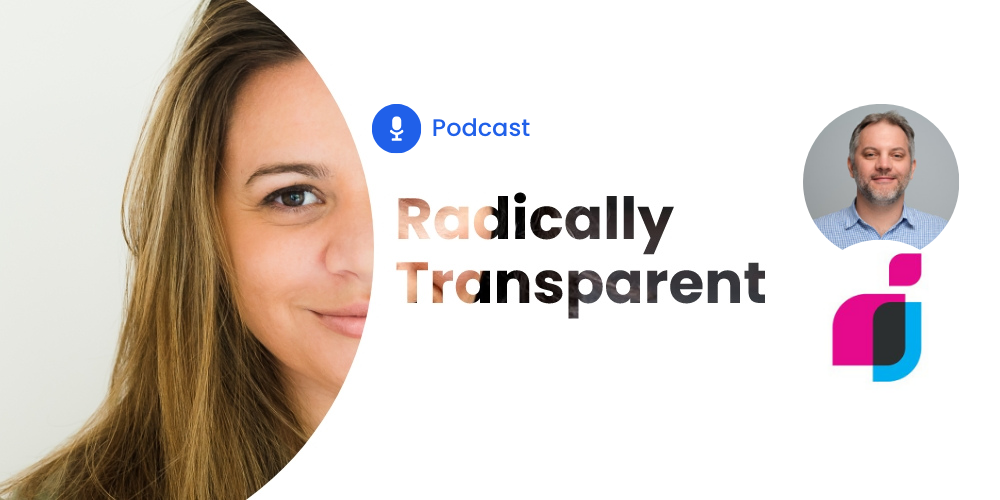What is experiential marketing and how can B2B companies leverage it

Table of contents
Customers today have full control over what, when, why, and how they interact with brands and purchase products. As more companies are producing a proliferation of offers and bland advertising messages, people have become more desensitized and cynical about the general mindless consumerism.
Mature organizations that have cozied up to their customers in the past with traditional marketing channels are now facing a downright breakdown. The marketing strategies of yesterday are rendered useless — today, the modern customer can tune out all and every marketing message with a single click of a button.
According to eMarketer and Prof. Barnes of University of Massachusetts, millennials are particularly adept at ignoring advertising. This shouldn’t come as shock considering that millennials grew up with ad overload and have been conditioned early on to ignore advertising.
However, while the digital generation has grown accustomed to ignoring ads, it has also gotten used to being entertained.
As a result, a growing number of B2B companies are turning towards experiential marketing as a more effective discipline to cut through the overwhelming noise. Real-life experiential marketing campaigns provide new opportunities to connect with a changing generation of customers, build lasting relationships, and reduce customer acquisition costs elevated by weak advertising and marketing efforts.
But what exactly is experiential marketing?
Sense, an experiential marketing agency with headquarters in NY and London, defines the discipline as “a marketing technique that creates experiences between brands and consumers.” Experiential campaigns use activation in the form of real-world experiences like events, face-to-face engagements, product sampling, stunts, augmented reality, and other immersive experiences to reinvent how they market in today’s customer-controlled landscape.
Experiential marketing, also sometimes referred to as “engagement marketing”, “live marketing”, or “on-ground marketing” is a new way for B2B companies to connect with customers and potential buyers. As Kerry Smith and Dan Hoover, authors of “Experiential Marketing: Secrets, Strategies, and Success Stories from the World’s Greatest Brands” state in their book — humans are social animals.
“The need to gather and share stories dates back to the dawn of man, when our ancestors met around the fire to share in the kill and document hunts on cave walls… While our need to share stories has not changed over the millennia, the methods by which we share them have.”
Smith and Hoover caution us that we can either continue to play cat-and-mouse with customers, trying to keep up with where they’re going and adapting messaging to the medium (the expensive “push” approach) or tap into the human DNA and force target customers to stop, take notice and participate in the “experience” — the “pull” method. This is the underlying premise of experiential marketing, to surprise, inspire, delight, challenge customers while delivering a meaningful impact on the overall growth of the business.
Many components differentiate experiential marketing from the traditional one:
- Experiential marketing focuses on providing sensory, cognitive, and emotional values to the customers.
- Experiential marketing aims to create a synergy between meaning, perception, and consumption.
- Experiential marketing is way more diverse in terms of channel experience — usually an amalgamation of real-life, physical experiences, and virtual experiences.
- Experiential marketing is harder to execute as it requires a more thorough planning, logistical organization, and a more diverse range of research methods in order to understand consumers.

Fortune 500 brands like Google, Coca-Cola, Nike, Microsoft, and American Express have already largely adopted the experiential marketing model. An article by Econsultancy states that “budgets for experiential marketing rose 19 consecutive quarters to Q2 2018, and in the Q4 2018 IPA Bellwether report, it was only events that saw any rise in investment at all.” This clearly indicates that more and more brands realize the potential that engagement marketing has to impact their bottom line.
How B2B companies can leverage experiential marketing
An innate first instinct is to presume that experiential marketing is only employed by B2C brands. Most of us can recall the Red Bull: Stratos campaign when Felix Baumgartner did his supersonic freefall jump from the stratosphere using a giant helium-filled balloon. Or Coca Cola’s 2018 World Cup AR experience when participants could show off their ball skills on screen with Switzerland’s Xherdan Shaqiri, take a photo with him, and enter a competition to win the official match ball of the Fifa World Cup.
The examples in the B2C field are endless, but can B2B companies leverage the power of experiential marketing to drive meaningful results?
While B2C marketers commonly use experiential marketing, B2B organizations have begun to adopt many components of its consumer-focused counterpart.
Recommended for further reading
Facebook IQ live experience
Two years ago, Facebook created the Facebook IQ Live experience — an immersive, experience-based event series. Facebook has always been well known for having a treasure trove of data, but they’ve never been able to unlock that data in ways that provide specific and actionable advice for businesses. To tackle this problem, Facebook curated live scenes that depicted the user data. One of these live experiences was a retail setting that presented the online shopper’s buying journey when using social media for purchase decisions.
“When you bring people into a physical space, and you allow for insights to be manifested in a way that you can touch, you can feel, you can connect with, that you can talk to, it allows you to internalize the information.” — Sarah Personette, Head of Facebook Global Business Marketing
With this experiential marketing campaign, Facebook was able to bring to life hundreds of never before seen insights about the customers and the way people use the social network. Life-sized installations put visitors in the moment, inviting them to observe and experience the research.
The event that took place in New York, Chicago, and Cannes Lions Festival attracted more than 1,500 attendees, of which 93% stated that “Facebook provides me with valuable insights that help drive my business.”
Segment’s great GIF competition
Segment, the customer data infrastructure platform, is popular for using a lot of GIFs in their emails. GIFs are a lot of fun to create and watch, but most importantly, they bring teams together. To share that opportunity with its audience, the Segment team launched its Great Gif Competition. The challenge was simple — record “your most manic, extra, hilarious team GIF”. Three winners were selected and showcased in front of the whole Segment community, gaining them attention and free exposure for their startups.
As Dio, an experiential marketing agency for B2B brands affirms — “by giving clients awards – even if they are whimsical, totally made-up awards – you are rewarding people for working with you.“ Not only will your marketing team benefit from these experiences, but you will be able to leverage the user-made content for years to come.
Converted – Leadpages Annual Conversion Marketing Conference
Conferences, trade shows, and press conferences are a great way to connect face-to-face with the most targeted audience from your industry.
Leadpages, a landing page builder for small and medium businesses, has been running Converted — an annual conference for marketers and conversion rate experts and aficionados, since 2016. Over 600 people attended the first Converted conference, and as Julie Carroll shared — the conference was attended by plenty of people who started off not being Leadpages or Drip customers and who have come on after the event.
With conferences and other speaking engagements, you want to create experiences rather than sit-and-listen events. To make the conference extra special, Julie and the team organized a sponsored cocktail party with local craft beer for all of the attendees, as well as provide many other little things like food, music, swag, and networking opportunities.
5 ways you can employ experiential marketing in your B2B brand
If your B2B brand is going to undertake experiential marketing, here are an additional five ways you can do that:
- Create one-in-a-lifetime experiences with adventures and retreats. Take some of your customer advocates to a trailblazing trip in the mountains, kayaking, or skydiving.
- Offer exclusive VIP perks. VMware often delights its special customers with VIP lounges at their events and conferences.
- Give away swag and other branded collateral.
- Offer unexpected value in the form of free coaching sessions or onsite training.
- Give early bird access to new products and features. Hold special product launch events to share new features and initiatives with the most valuable customers.
The opportunities with experiential marketing are literary endless! Whatever experience you decide to deliver to your customers, it’s essential to make your campaign remarkable, shareable, memorable, and measurable!
Guest Contributor – Kalo Yankulov, CEO of Encharge




